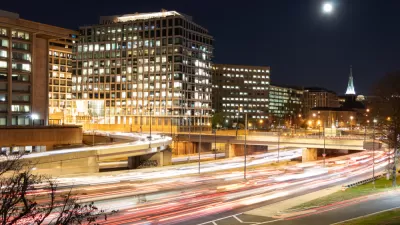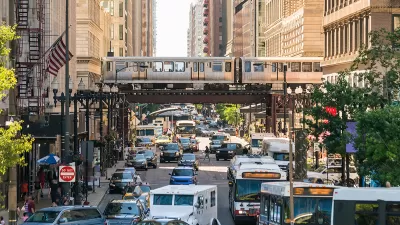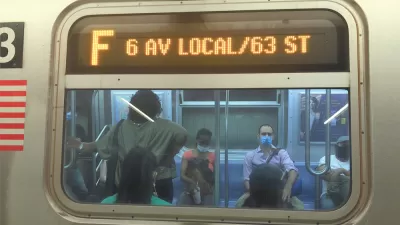Researchers around the world are trying to get an idea about how increased automobile trips, fewer shared modes, and high unemployment will alter long-term trends in transportation.

A preview of the post-pandemic commute is emerging as parts of the world loosen travel restrictions and stay-at-home orders, according to an article by Laura Bliss, but the message so far is mixed. On the one hand, people are choosing cars over public transit, but on the other hand, some people are driving less.
Peak rush-hour traffic in Shenzhen is roughly 10% over its 2019 baseline, while congestion in Auckland, New Zealand, is creeping up every day. In North America, gasoline demand is rising and cars are retaking the streets, while mass transit ridership remains low and working from home is the status quo for 2020 (and possibly onwards) at tech-forward employers such as Google, Facebook and Twitter.
Already thinking beyond the short-term effects in a few specific locales, researchers are endeavoring to predict post-pandemic trends in transportation. Bliss surveys the emerging body of research on the subject, finding evidence that people all over the world are rethinking commutes, and not everyone is necessarily going to be jumping behind the wheel at every possible opportunity.
Still, according to one study by researchers at Vanderbilt University, congestion could become an overwhelming challenge if most people end up replacing transit trips with car trips.
Dense cities such as New York and San Francisco that are more reliant on public transit and have lower capacity for vehicle traffic were much more sensitive to added cars, compared to more auto-oriented cities such as Los Angeles and Atlanta. For example, if just one in four transit and carpool commuters start to drive alone, San Francisco could witness a 20-minute increase in daily vehicle travel times. That shoots up to a 40-minute increase if three in four of those commuters switch.
Another caveat must be noted, however: projections like those in the previous passage don't capture the effects of fewer people driving, either because they are working from home, or because they don't have a job to drive to every day.
FULL STORY: What the Post-Pandemic Commute Could Be

Planetizen Federal Action Tracker
A weekly monitor of how Trump’s orders and actions are impacting planners and planning in America.

Congressman Proposes Bill to Rename DC Metro “Trump Train”
The Make Autorail Great Again Act would withhold federal funding to the system until the Washington Metropolitan Area Transit Authority (WMATA), rebrands as the Washington Metropolitan Authority for Greater Access (WMAGA).

The Simple Legislative Tool Transforming Vacant Downtowns
In California, Michigan and Georgia, an easy win is bringing dollars — and delight — back to city centers.

The States Losing Rural Delivery Rooms at an Alarming Pace
In some states, as few as 9% of rural hospitals still deliver babies. As a result, rising pre-term births, no adequate pre-term care and harrowing close calls are a growing reality.

The Small South Asian Republic Going all in on EVs
Thanks to one simple policy change less than five years ago, 65% of new cars in this Himalayan country are now electric.

DC Backpedals on Bike Lane Protection, Swaps Barriers for Paint
Citing aesthetic concerns, the city is removing the concrete barriers and flexposts that once separated Arizona Avenue cyclists from motor vehicles.
Urban Design for Planners 1: Software Tools
This six-course series explores essential urban design concepts using open source software and equips planners with the tools they need to participate fully in the urban design process.
Planning for Universal Design
Learn the tools for implementing Universal Design in planning regulations.
Smith Gee Studio
City of Charlotte
City of Camden Redevelopment Agency
City of Astoria
Transportation Research & Education Center (TREC) at Portland State University
US High Speed Rail Association
City of Camden Redevelopment Agency
Municipality of Princeton (NJ)





























